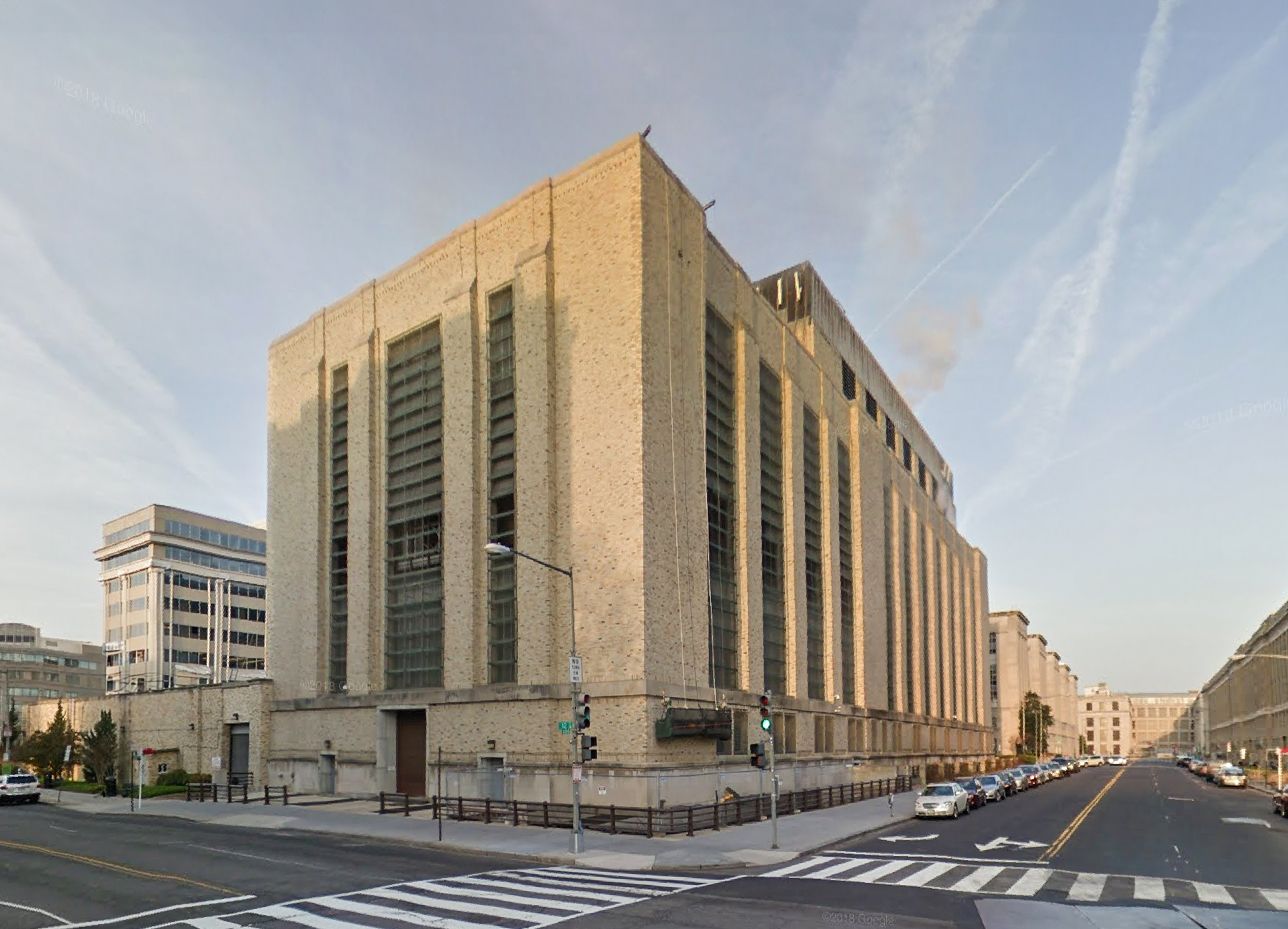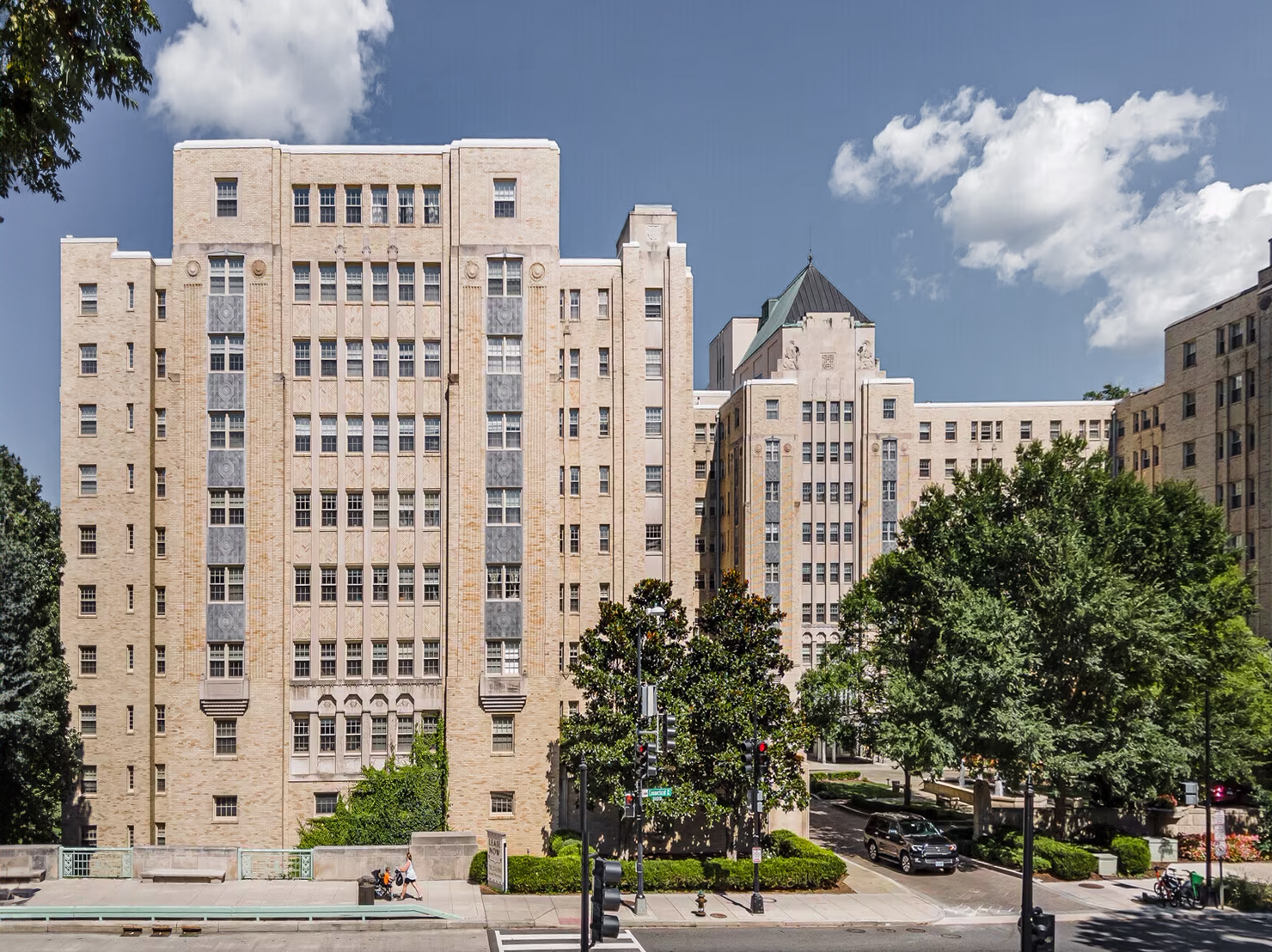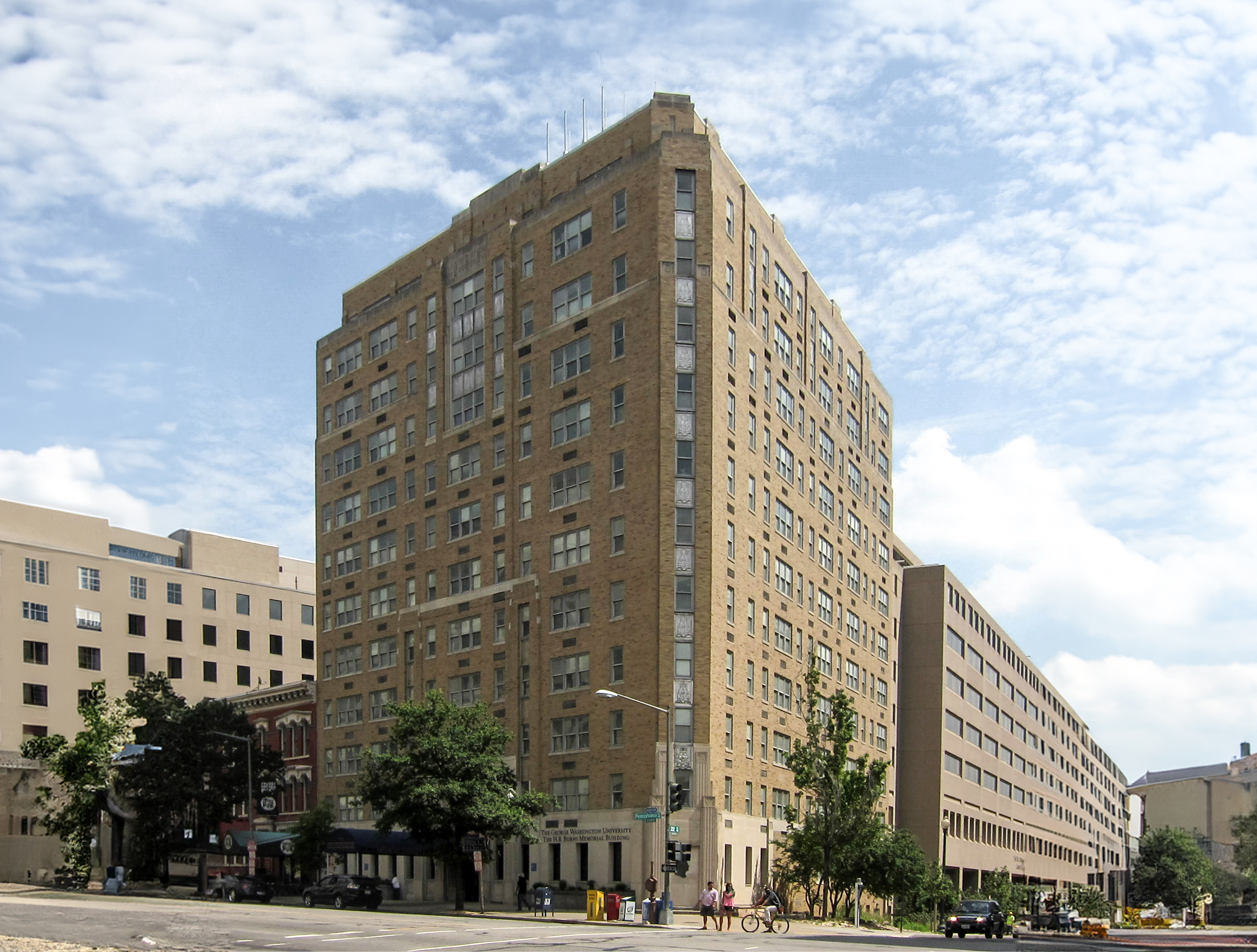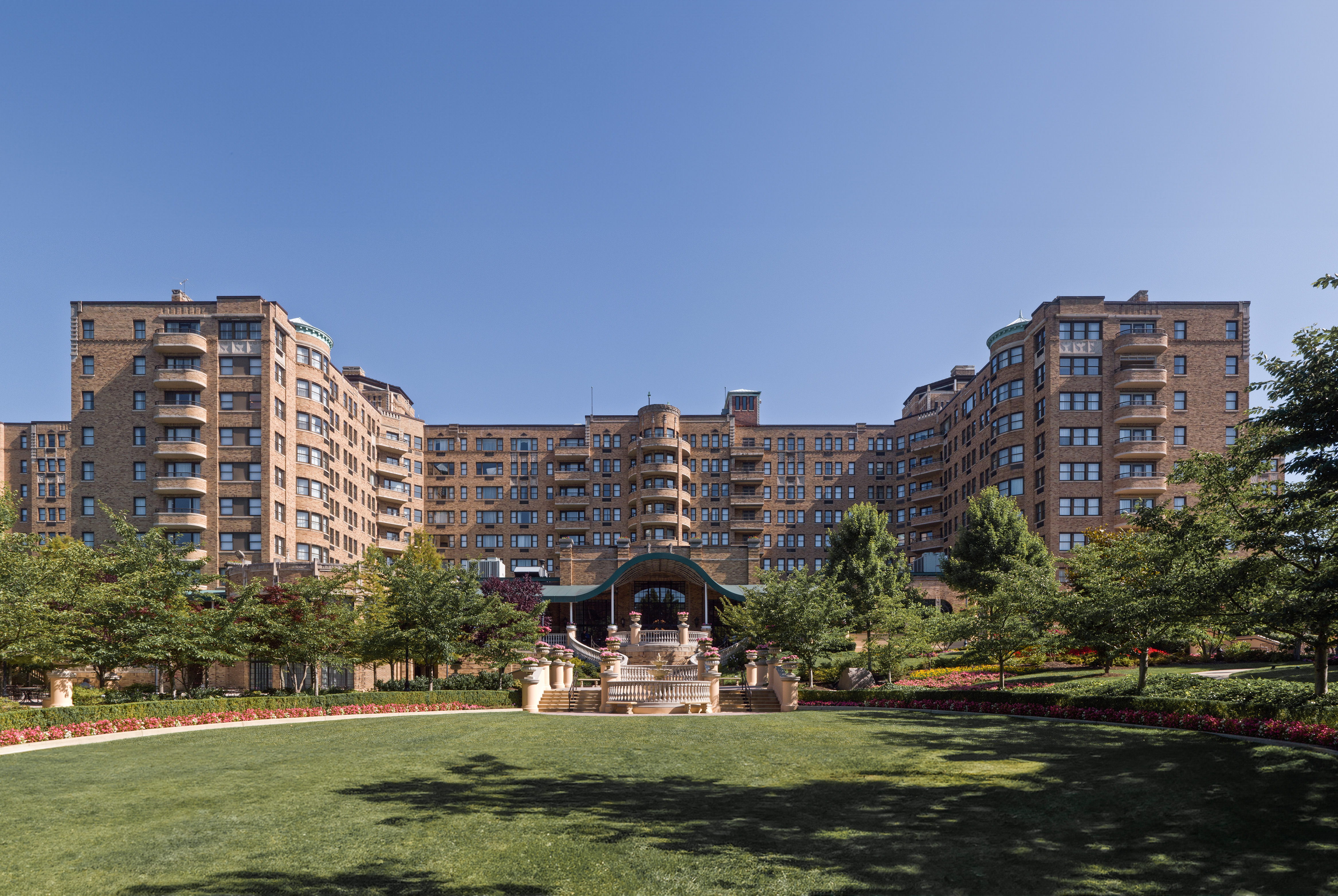The Central Heating Plant is an Art-deco skyscraper designed by Paul Philippe Cret, and built between 1933 and 1934, for a reported $5.75 million dollars, in Washington DC, DC.
Its precise street address is 325 13th Street, Washington Dc, DC. You can also find it on the map here.
The Central Heating Plant is a structure of significant importance both for the city of Washington DC and the United States as a nation. The building embodies the distinctive characteristic features of the time in which it was built and the Art Deco style. Because of that, the Central Heating Plant was officially included in the National Register of Historic Places on October 4th 2007.
The building has been restored 4 times over the years to ensure its conservation and adaptation to the pass of time. The main restoration works happened in 1958, 1973, 1990 and 2016.





